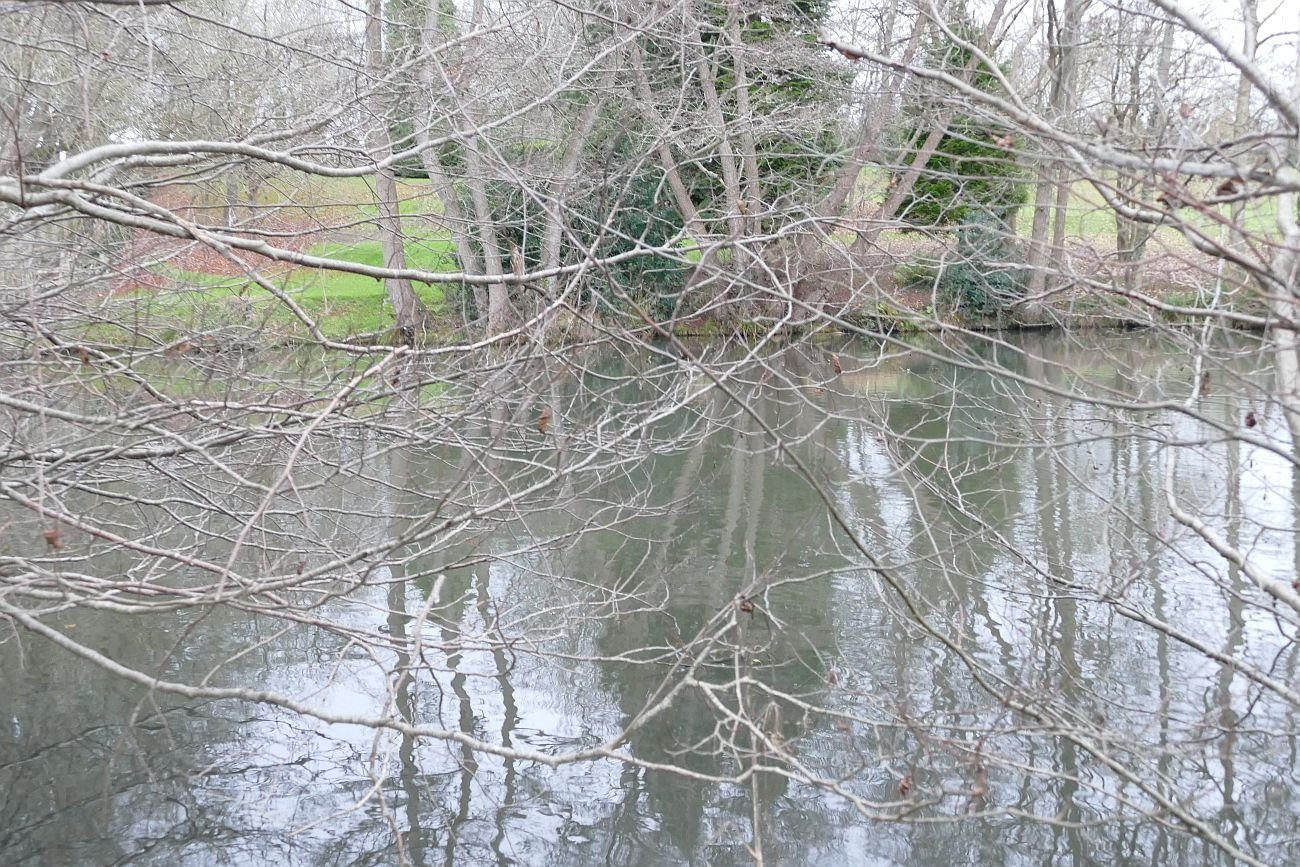The Boxing Day Walk
The Boxing Day Walk: a magical British tradition when happy families scuff their Wellington boots through drifts of frosty, fallen leaves, enjoy the simple pleasures of walking through our wonderful, picturesque countryside before returning, invigorated and at peace, to a classic yet multi-cultural repast of cold turkey, cold roast potatoes and cranberry sauce (all of American origins) and chutneys (from our Indian empire). For once, let’s celebrate, and not berate ourselves, for our traditions.
Alternatively…
For starters, the Terroir Boxing day walk was technically not on Boxing Day but on ‘Substitute Bank Holiday for Boxing Day’. But, despite the nomenclature and lack of frost, we did indulge in some rural magic.
This was a walk rich in history, in ancient woodland, traditional coppicing and Sites of Scientific Interest. Rich in ancient monuments, Roman roads, listed buildings, vernacular architecture, large houses and small cottages. Rich in former hop gardens, orchards, pack houses and parkland, old sand quarries and other allusions to the rural economy. There were old trees, young trees, deciduous trees, coniferous trees, parkland trees. There were Shetland ponies, horses, cattle, and, if you read last week’s blog, you will already be acquainted with the very large, black bull. There were also some very fine views. All this in a walk of less than 4 miles.
But of course, if you travel with Terroir, there are always issues.
One of the most spectacular vernacular buildings on our route was an 18th century water mill, located on a brook (obviously), in a shallow valley, with substantial mill ponds engineered to provide sufficient energy to drive the water wheel.
The mill was converted into a house sometime in the first half of the 20th century and listed grade II in 1958. It was on the market in 2015 (3 recep, 6 beds etc etc) for a guide price of £2.75m.
Terroir approached the mill with anticipation, expecting at least one attractive view of a fine building. Sadly, this classic mill of brick and weather board, and mansard roof, is now largely invisible, hidden as it is, behind high board fencing and hedging. The images above are about the best we could do. Those below show some of the boundary detailing.
Why would you buy an expensive house and then hide it from view? We all like our privacy, of course, but most of us live in villages, towns or cities, and have little scope for 360 degree seclusion. Granted this house and (large) garden are surrounded on all side by public rights of way. A modicum of discrete fencing and hedging would be expected. This mill conversion, however, squats behind high fences which almost entirely hide the plot from passing walkers.
Terroir sees a number of issues. Those with fine houses of architectural merit are often pleased to allow glimpses to others. This may, I suppose, stem from a desire to display their particularly fine accommodation, but I think this is over cynical and many want to allow others to share in the delight of a fine house, a vernacular working building nicely converted and/or a piece of history which makes the British countryside so attractive and interesting. This is our heritage too.
These structures are also an intrinsic part of our landscape: built of local materials (wood, clay bricks and tiles), positioned to exploit natural topography and renewable energy, created to process locally grown grain to supply a local-ish market. As such, a mill is a significant piece of its wider local context. The mill and its raison d’être is part of what makes this part of south east England characterful, distinctive and precious. But this one has been cut out of the view by its fences and can no longer make its contribution to our cultural landscape.
And that view comes with the house for free. Well, actually, probably not – it probably increases the house price significantly. So why block it out? We can’t see this listed building, but neither can those who live in it, see the wider view. And if they do go out to enjoy the wider landscape, they can’t appreciate their house; their heritage home is as much hidden to them as it is to us.
And of course, what we do see, residents and passers by alike, are those very overbearing fences and thuggish laurel hedges. Potentially see-through iron gates are blocked off, footpaths turned into high security alleyways and side entrances guarded by massive timber structures, so big and heavy that a crude postern gate has had to be added.
On a positive note, one of these paths has been designated as a permissive bridle way. The ironic consequence, however, is that anyone on horseback could probably see over the fence while riding by. Those of us on foot cannot. Where public rights of way do provide lovely views of the mill pond (part of an SSSI but classified as ‘Unfavourable/Declining’ when last surveyed), anxiety over the dam structure has led to a crude attempt to dissuade access (below right).
As a nation, we try to honour our natural and built environment. The mill is already valuable enough to encourage its conservation via the Listing system, but users of public footpaths can no longer see it. Such fencing may deter thieves, but there will always be unintended consequences and such screening provokes huge curiosity about what wonders may lie within. For the passing pedestrian, the temptation to climb on anything which will provide view over the barricades must be very tempting indeed!
































